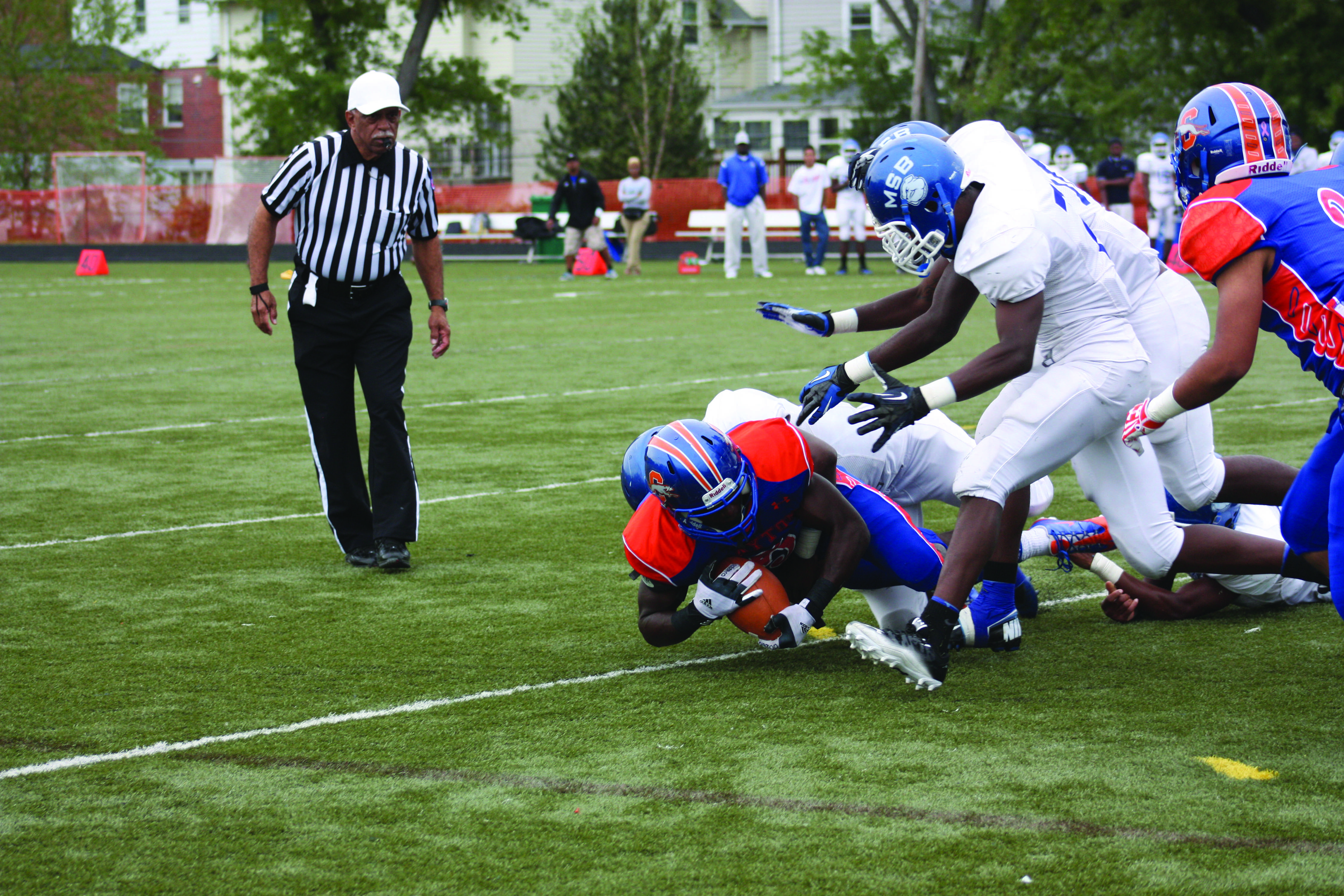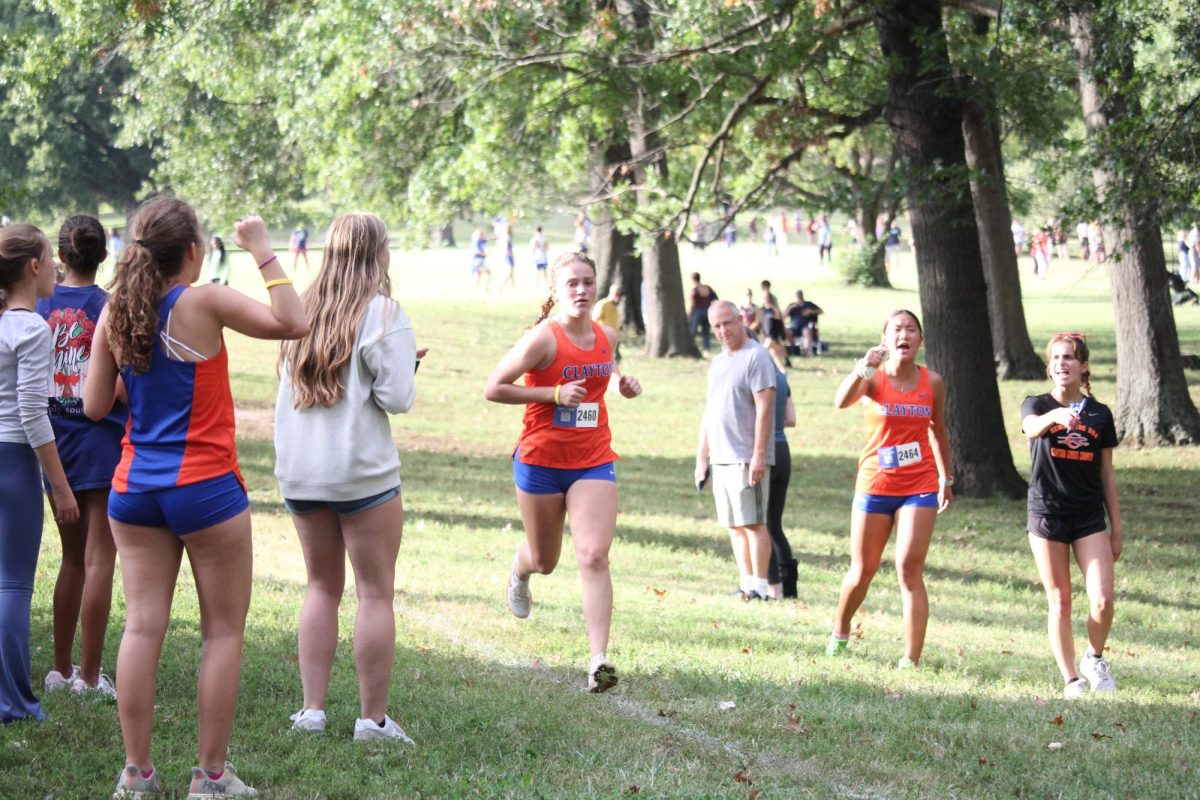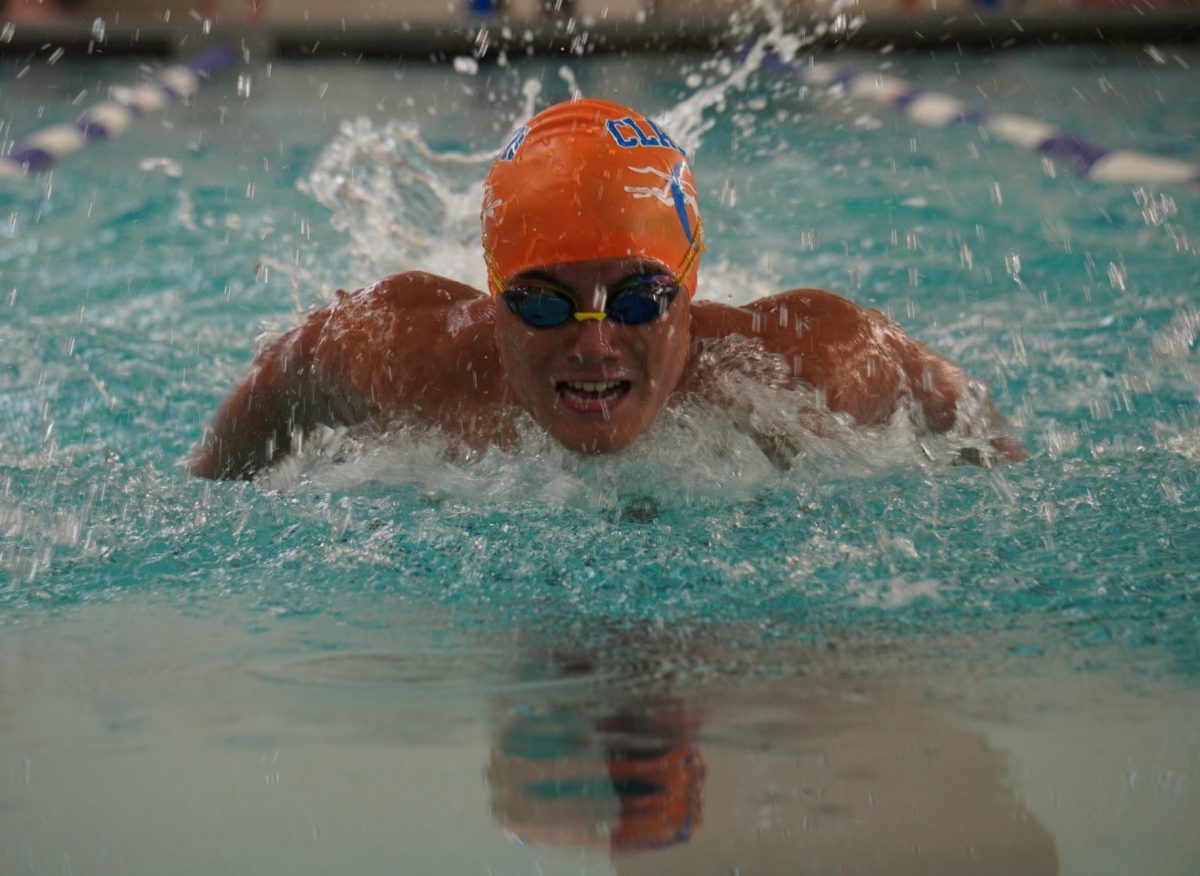Brent was a middle-linebacker on the Parkway West football team when he went into a Friday night game just three days after recovering from a concussion. That night, Brent had emergency brain surgery.
During his time as a football coach of the Parkway West Longhorns, Scott Weissman has observed several impacts on the head during games. “We didn’t do a whole lot of hitting [on] Wednesday, and I know I probably took it easy on him, he was my middle-linebacker,†Weissman said. “And then Thursday’s [practice was] a walkthrough. [He] got in the game Friday night and he actually played very well.â€
No one suspected that Brent would be experiencing the symptoms of Second Impact Syndrome (SIS) later that night. According to St. Louis physician Matt Bayes, who specializes in the treatment of all sports medicine injuries and is particularly interested in the treatment of concussions, SIS is something that can occur when an athlete is still recovering from a concussion when they get hit a second time. It’s very rare, but it can be fatal.
“I can tell you the exact hit that I think it happened, [when] the injury re-occurred,†Weissman said. “It was on our sideline and he just blew up a running back. He got right up, went right [back] in and there wasn’t any problem.â€
But there was a problem. Even if nobody, not even Brent himself, saw it, he had been hit hard enough to cause serious damage to his brain.
Concussions can’t be seen from the outside. They aren’t obvious on the inside of the skull, either. Traumatic Brain Injuries (TBI’s) can’t be detected with any kind of brain scanner. According to Bayes, a concussion is something that happens on a cellular level. It’s when the brain is rattled around in the skull and cells are damaged, but there aren’t any obvious structural injuries.
That’s why it’s so scary. The only way someone can know they have had a TBI is when they feel one of the 22-plus symptoms that are possible.
Two of the more serious symptoms are loss of consciousness and amnesia. Some people think that if an athlete gets a concussion, the first thing he or she does is pass out, but that’s actually not the case. Only 10 percent of concussions involve a loss of consciousness. What’s more serious is memory loss. There are two kinds of amnesia that can be clues to an athlete having a concussion. First, if a football player gets a concussion, he could either have pre-concussion memory loss or post-concussion memory loss. Both are serious, sometimes more serious than loss of consciousness because amnesia occurs much more often.
Weissman, however, noticed neither of those things in Brent. He said that what bothered him most was the fact that, “he just wasn’t acting right … We were just sitting there and I was watching him, I just didn’t like the way he was acting.â€
After about 20 minutes of sitting with Brent after the game, Weissman turned to one of the other assistant coaches and said, “Somebody call 911. I just don’t like the way he looks, I don’t like the way he’s acting.â€
The trainer called Brent’s family and Weissman called his wife to tell her that he’d be following the ambulance to the hospital. “By the time I got to the hospital, he was already in the operating room,†he said.
What happened to Brent was a rare occurrence. About 90 percent of people recover from concussions , or at least well enough to back in the game, in seven to ten days. Both Bayes and Weissman agree, however, that an athlete shouldn’t be back at practice the day after they feel symptom-free.
According to Bayes, an athlete needs to be symptom-free for at least five days and be able to pass a normal physical exam before they can return to practice and games. Weissman doesn’t let his players back out on the field until they’ve been symptom-free for at least a week.
“We’ll always err on the side of caution,†Weissman said. “I don’t think we rush anybody back.â€
In order to become symptom-free, an athlete must first see a doctor if they think they’ve had a concussion. Bayes emphasized that even if they’re not sure if they’ve had one, it’s better to go to the doctor and just make sure you’re okay than have a concussion and not treat it (the latter puts an athlete at a greater risk for SIS).
The second thing an athlete must do post-concussion is rest their brain. It’s important to give the brain time to rest and recover, and that means not doing anything that could push it to work too hard.
Not only football players should be worried. According to Bayes, females have less muscle mass in the neck area, which makes it harder for them to absorb a hard blow. Females report more concussions than males, as the injuries can be more severe and have worse outcomes.
In high school contact sports, athletes have the possibility of getting a variety of injuries. A surprising statistic: concussions account for about 10 percent of all injuries in high school contact sports according to US data reporting. It doesn’t seem like concussions are that apparent in everyday high school life, but it’s very likely that several of your classmates have had one in the past or are recovering from one now.
An interview on NCAA’s website with professor Jason Mihalik talks about the effect age has on the severity of concussions. According to Mihalik, research has shown that because young people’s brains continue to develop until they’re in their early twenties. A concussion is more likely to leave permanent damage on a younger person with a vulnerable brain than an adult.
“There must have been 25, 30 people sitting in the waiting room,†Weissman said. “I told myself at that time that ‘I cannot go through something like this again.’ It was a long recovery for him.†Although Brent had a full recovery from his brain injuries, it affected Weissman deeply. He now takes longer than most other coaches to allow an athlete to return to practice. ⎫







![Rowing Club teammate Audrey Burger poses next to Juliette Springer at the Haxton Ohio race. The team placed sixth out of 16; in the previous race, they placed fourth. "[After] the race was over, I felt very relieved because of how nervous I was before the race. I also felt proud because I did better then I thought I was going to do," Springer said.](https://www.chsglobe.com/wp-content/uploads/2024/12/IMG_7938-1.jpg)